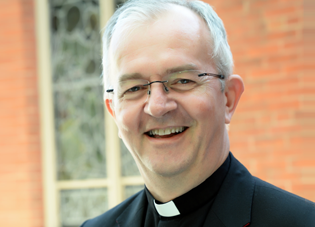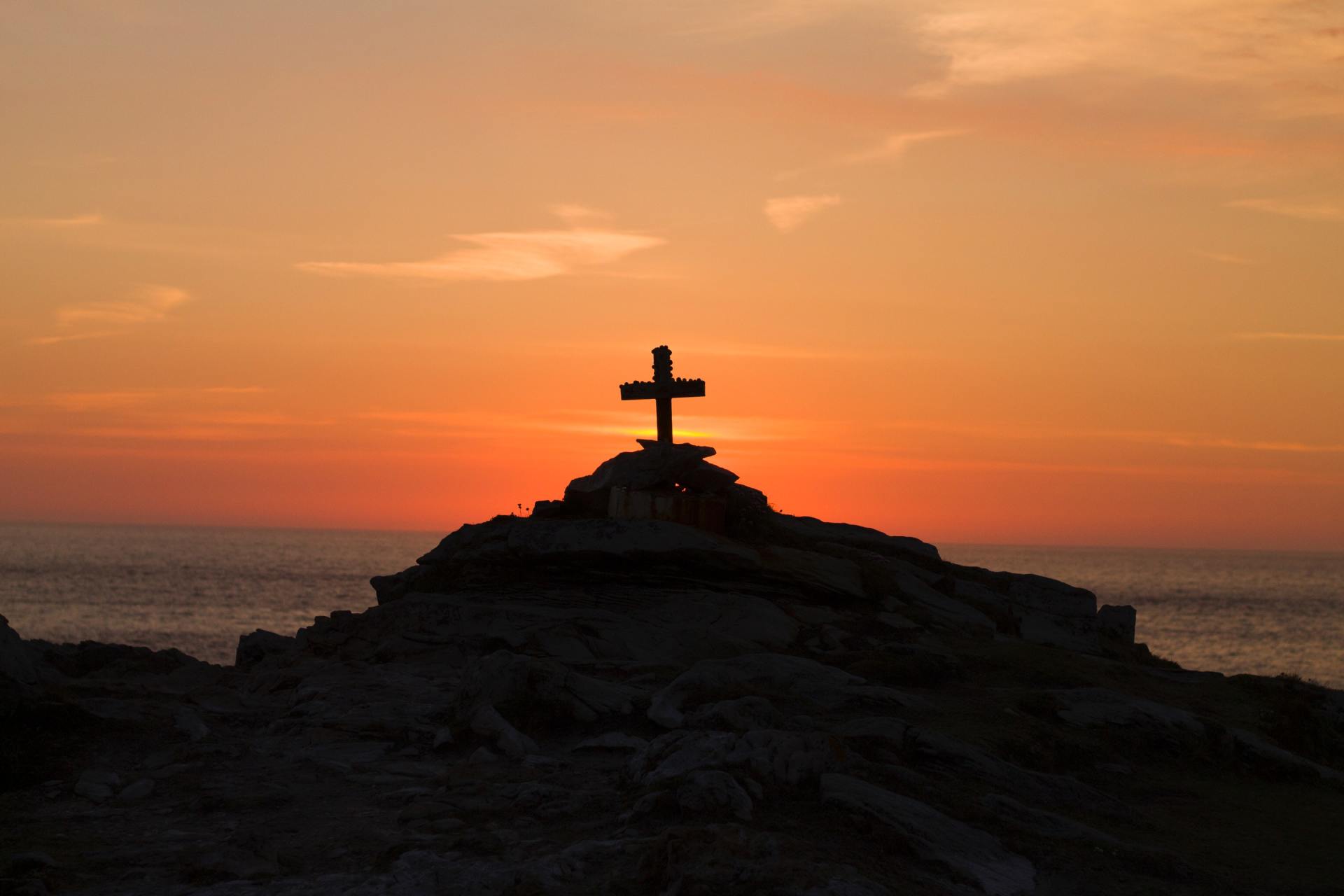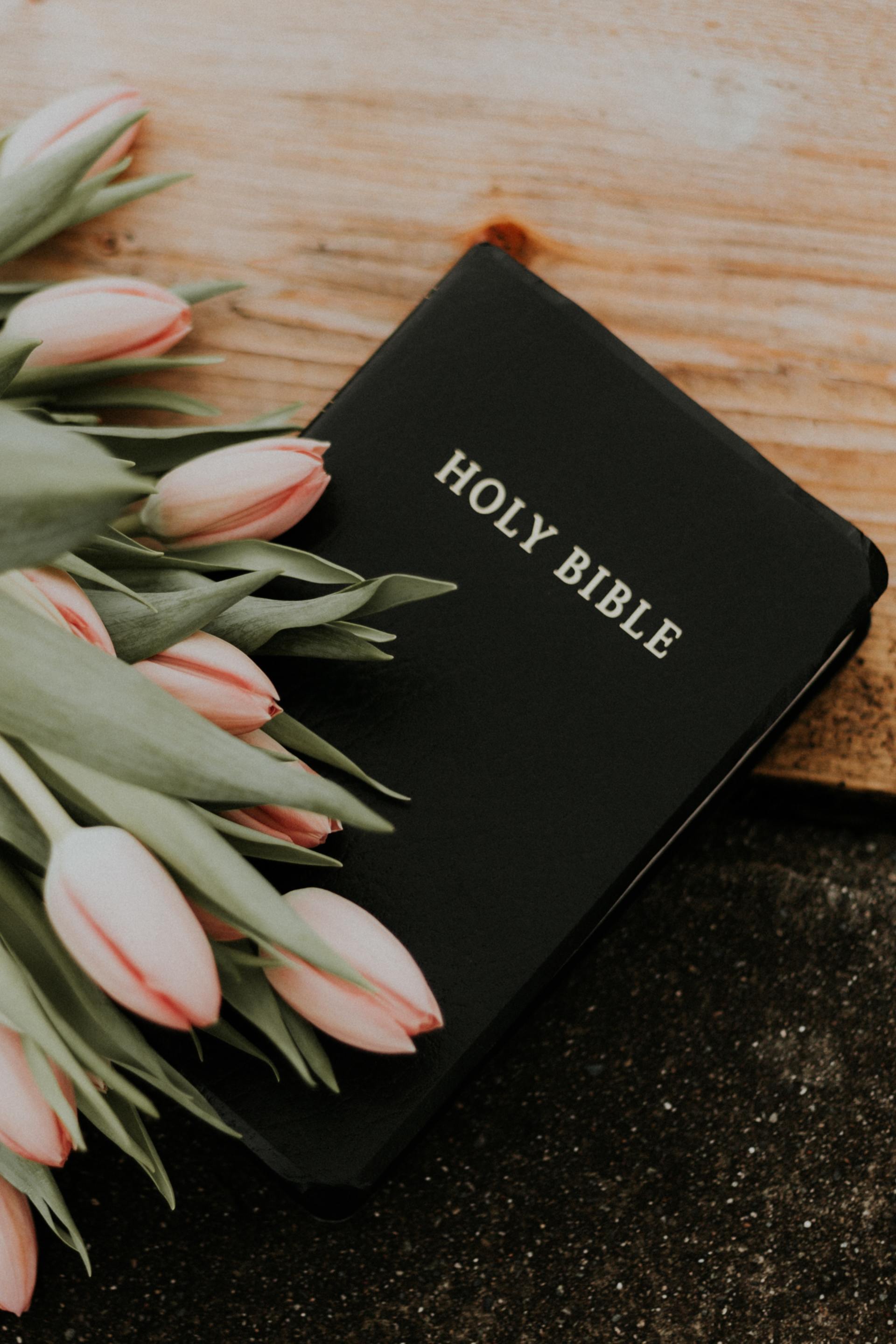Dear Friends,
As an Army chaplain, in my previous life, I remember helping soldiers prepare to go on operations. Our job as chaplains was to try to help them prepare for the moral challenges that faced them. Soldiers in this position, perhaps strangely, do not first fear death, or even serious injury. Most of all they fear failing themselves and the people around them. We would say to them that we wanted them to come home intact physically, of course, but also intact in heart, mind, and soul. We all wanted only one thing really: to do our job, to return, and to look back at what did without shame and be able to say, “I did what I could.”
As I write this, on October 29, we are preparing for a bitterly contested election and reeling from a succession of pandemic, storms, fires, and civil unrest. There was looting in Georgetown last night, and terrorist attacks in Paris, France, yesterday. With all these saddening and disturbing events around us, we lift up our eyes to behold the coming season of Advent where we are invited to focus on the last things: Death, Judgment, Heaven, and Hell. In a sense, all these somber themes are being woven together in the dark purple Advent cloth, along with the great clarion call of hope that opens our hearts and minds to the coming of Christ, at the end of all things. As I reflect, this familiar poem from my youth comes to mind:
Tiger, tiger, burning bright in the forests of the night,
what immortal hand or eye could frame thy fearful symmetry?
In what distant deeps or skies burnt the fire of thine eyes?
On what wings dare he aspire? What the hand dare seize the fire?
What powerful and frightening words! I don’t know about you, but they echo across my life from my childhood days, carrying with them a long-remembered sense of half-understood awe.
William Blake saw that these magnificent beasts from the dark jungles of the world are not good or evil; they are just forces of the elemental order that God has forged in his mysterious purpose for creation.
In the face of the question “Why are they there?” all we can see and know for sure is their great beauty and their awesome power. Of course, we know about the inherent hierarchies of nature, of evolution and the law of the jungle, but why did God make the world that way? We can only stand back in awe and wonder.
As we reflect on our world and our lives this Advent, I think we can recognize the tigers around us. Forces that are neither good nor evil, but just incredibly powerful and, in some ways, even beautiful; the forces of nature, the market, and technology, to name but three. Not good or bad, just “fearful symmetry.”
Yet, it is not the tigers that are the real problem, frightening as they may seem. The last things in Advent remind us that the real issue is the darkness of evil that flits in shadows across the hearts and minds of human beings and that concentrates around anger, conflict, self-interest, and hatred. These are the things that cry out for judgment. They are also the things that can seek to use the tigers’ strength to their own ends and against others.
It seems to me that there has been a great reversal in the thinking of our day. For a long time, judgment was a dirty word. We prided ourselves on being “non-judgmental” and we spoke little of the theme of God’s judgment in our churches. Suddenly, it seems judgment is all around, and all of us are rushing to it, head over heels, at every opportunity.
C. S. Lewis coined the term Bulverism, which is to assume your opponent is wrong, and then to explain his error. It is seen in phrases like, “You would say that because you are a . . .” The target can be anyone whose view is not one you want to engage with in rational discussion, but want rather to dismiss out of hand. Ad hominem argument, the attacking of the person rather than their position, seems to be everywhere.
In times like these, the Judgment of God, is more to be desired than feared. We do fear it, because we know that our own hearts and minds are not at all free from dark shadows. Yet, we increasingly long for it, like thirsty, dusty people longing for the drenching power of the waterfall to sweep over us and wash all the dirt and blood and evil away, even if it may sweep us away as well.
Even so, there is that other meaning to the word judgment: “the ability to make considered decisions or come to sensible conclusions.” God’s Judgment includes this, but ours very often does not.
As we move through a very uncertain time where tigers roam and the deeper shadows threaten to coalesce in our hearts and minds and around the several points of conflict in our civic life, as Christians, we are called to do two things, I think.
First, to keep practicing a reasonable faith. A faith that avoids Bulverism and ad hominem argument and clings to a humility that holds our views under both the Judgment of God and the judgment of a considered reason that at least strives for some degree of objectivity.
Second, to keep before our eyes the clarion call of hope that sounds across the Advent season and blazes forth in the incarnation and the unique epiphany it brings to the world. I don’t know why God made tigers, but while I would not care to meet one in the jungle, I am glad he did. The fire in his eye, his great jaws and paws, put in context all our human causes, shot through with light and dark, as they are. There is such a thing as a good cause, but there is no such thing as a perfect one, one that cannot be twisted and turned to selfishness and sin. To know that Christ will come, is coming, and has come, is to know that the power of God remains above all and over all. The tigers and the shadows seem overwhelmingly powerful, but they all lie down before him when he comes in his time.
We cannot tell what the age we live in will bring, but the next months of the Christian year show us that, come what may, we may choose to be faithful and, with Christ’s help, come through any trial we may have to face, with our souls intact.
The Reverend Timothy A. R. Cole, Rector





